Color Theory Basics
Color theory has a wide range of definitions but the most applicable one for visual artists is: The body of practical guidance for color mixing and the visual effects effects of a specific color combination. Colors are organized on the color wheel and the geometry of the wheel separates colors by primary secondary and tertiary colors.
The Color Wheel
The color wheel is a visual tool that helps us show the relationships between colors. There are many types of color wheels but for this article I will be using the traditional ryb color wheel. A traditional ryb color wheel is divided up into 3 parts the primary, secondary and tertiary colors.
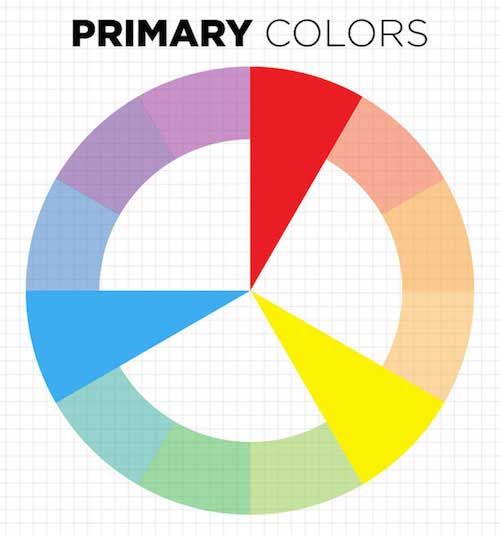
The three primary colors are the base of the color wheel these colors cannot be created by mixing any other colors together.
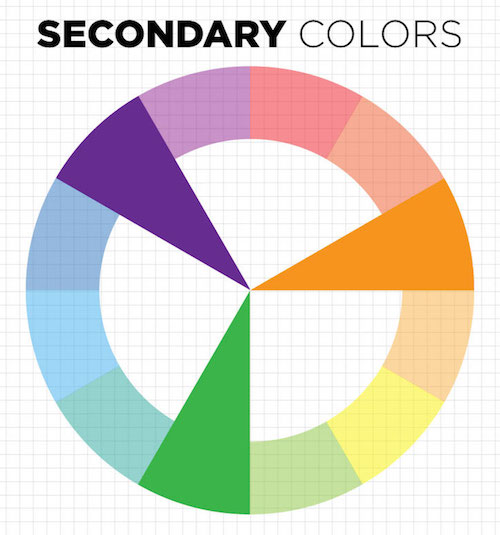
Secondary colors are created by mixing equal parts of two primary colors together
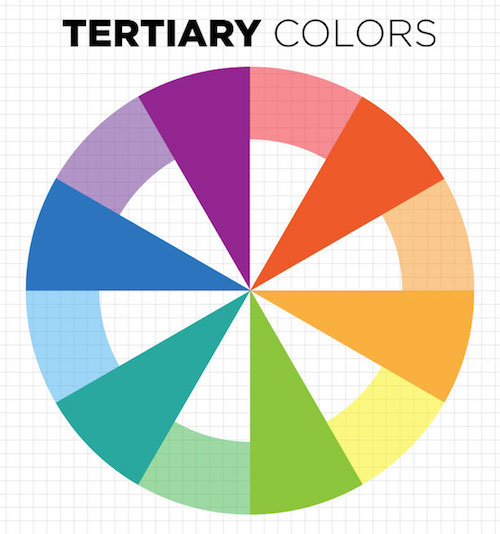
Tertiary colors are created by mixing a primary and secondary color together
Hue
What most people think of when they hear the word color. Hue is pure color that has not been changed. Examples of hues are red green blue ex.

Saturation
Saturation, also known as chroma, describes how intense a color is. For example, in physical media cadmium orange is a high saturation color vs burnt sienna a low saturated color. Both pigments are the same hue (orange).
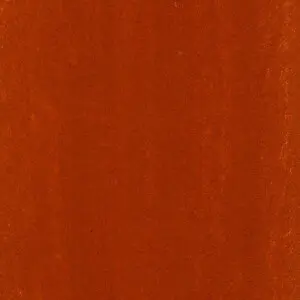
Tints and Shades
also known as lightness and darkness, tints and shades describe how much white or black is in a color.

Color Harmony
Color Harmony is arguably one of the more confusing parts of color theory but actually fairly straightforward once you understand it. Color harmony is a technique used to combine colors in relationship to each other to create harmonious pallets. There are three main color harmonies complementary, analogous and triadic.
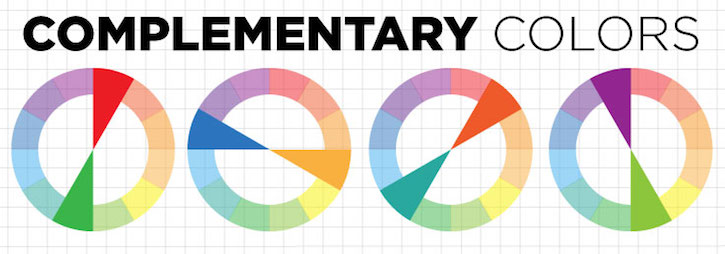
Complementary colors are colors that sit directly across from one another. They have a great level of contrast and are great for creating bold looks.
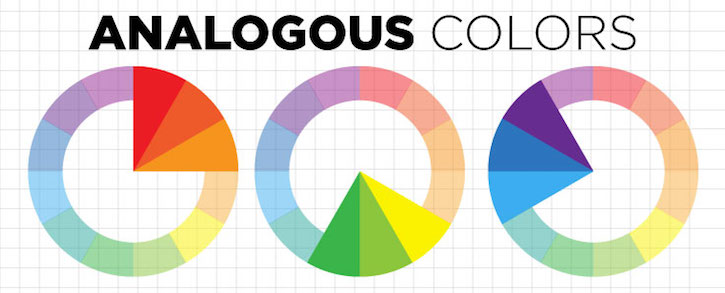
An analogous color scheme uses three colors that are touching on the color wheel. These color schemes are subtitle and harmonious.
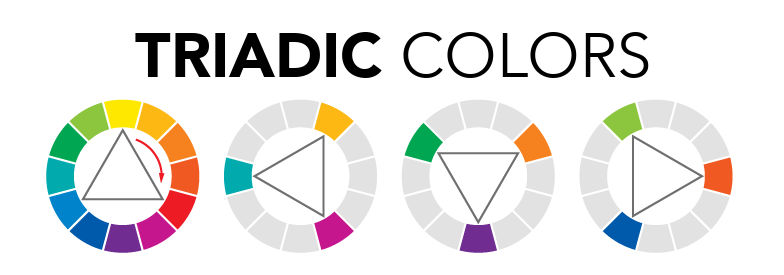
Triadic color schemes use three colors that are equally spaced apart they create bold and vibrant looks.
And that's the basics of color theory. On our next posts we will be going over more in depth into more advanced topics like color psychology, gamut masks and physical pigment mixing. If theirs anything you'd like me to cover let me know in the comments.